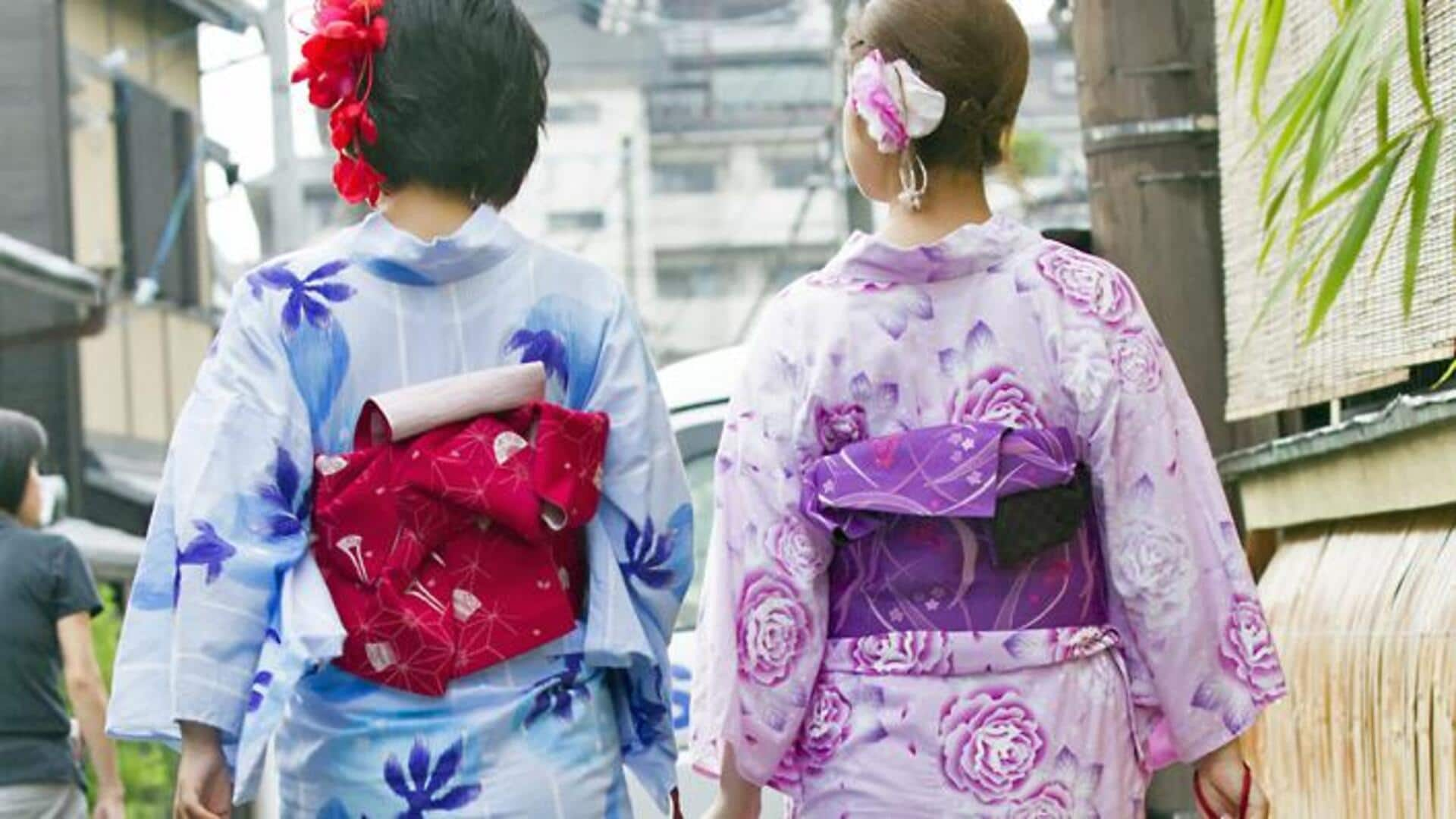
Reviving Edo fashion for today: A guide
What's the story
The Edo period, spanning from the 17th to the 19th century in Japan, was marked by unique and elaborate fashion styles.
Today, there's a growing interest in integrating these traditional designs into modern wardrobes.
This article explores how the rich tapestry of Edo period clothing can inspire contemporary fashion. It offers practical advice for those looking to blend historical elegance with modern sensibilities.
Background
Understanding Edo period attire
The Edo period was characterized by strict social hierarchies, which were reflected in the clothing.
Garments like the kimono became symbols of one's status and identity.
Fabrics, colors, and patterns were chosen with great care to adhere to societal rules while expressing personal taste and style.
This era's fashion is renowned for its craftsmanship, attention to detail, and aesthetic appeal.
Key concept
Incorporating traditional elements
To infuse modern attire with Edo elegance, start by incorporating traditional elements such as patterns and fabrics into contemporary designs.
For instance, using silk or brocade with classic Japanese floral or nature-inspired motifs can add a touch of historical sophistication to modern outfits.
Accessories like obi belts or fans can also serve as subtle nods to this rich cultural heritage.
Practical advice 1
Practical tips for modern adaptation
To seamlessly blend Edo period style into your daily wardrobe, start with small accessories.
Consider jewelry that showcases traditional Japanese motifs or handbags crafted from kimono fabrics.
These modest yet impactful additions can enhance a basic outfit, adding a layer of depth and historical significance.
This approach allows for an easy integration of Edo elegance into modern fashion.
Practical advice 2
Mixing tradition with contemporary styles
For individuals ready to make a bold fashion statement, consider pairing traditional pieces like a kimono jacket with modern staples such as jeans or a plain T-shirt.
This unique fusion creates an intriguing contrast that is stylish and respectful of cultural heritage.
It is crucial to balance colors and textures with care to maintain harmony in your ensemble, ensuring a look that stands out.
Practical advice 3
Embracing seasonal motifs
Edo fashion celebrated seasonal changes with motifs and colors.
Selecting garments or accessories that reflect the season's traits, like cherry blossoms for spring or maple leaves for autumn, pays homage to Edo aesthetics.
This not only connects wearers with nature's rhythms but also blends historical elegance with modern individuality. It creates distinctive contemporary looks that bridge past and present.